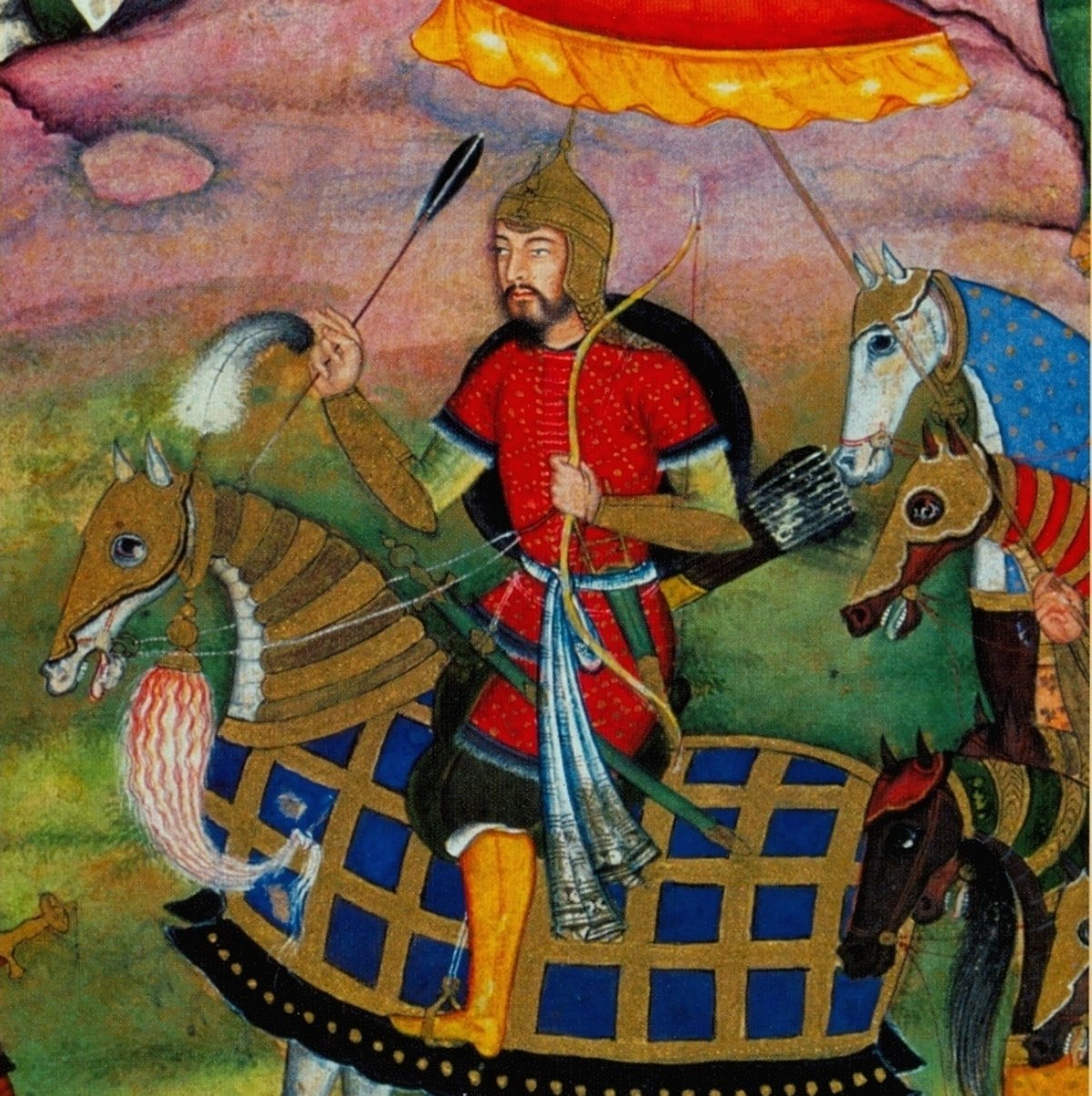
Safavid-Mughal Alliance
Kandahar, AfghanistanAlmost simultaneously with the emergence of the Safavid Empire, the Mughal Empire, founded by the Timurid heir Babur, was developing in South-Asia. The Mughals adhered (for the most part) to a tolerant Sunni Islam while ruling a largely Hindu population. After the death of Babur, his son Humayun was ousted from his territories and threatened by his half-brother and rival, who had inherited the northern part of Babur's territories. Having to flee from city to city, Humayun eventually sought refuge at the court of Tahmāsp in Qazvin in 1543. Tahmāsp received Humayun as the true emperor of the Mughal dynasty, despite the fact that Humayun had been living in exile for more than fifteen years.
After Humayun converted to Shiʻi Islam (under extreme duress), Tahmāsp offered him military assistance to regain his territories in return for Kandahar, which controlled the overland trade route between central Iran and the Ganges. In 1545 a combined Iranian–Mughal force managed to seize Kandahar and occupy Kabul. Humayun handed over Kandahar, but Tahmāsp was forced to retake it in 1558, after Humayun seized it on the death of the Safavid governor.
